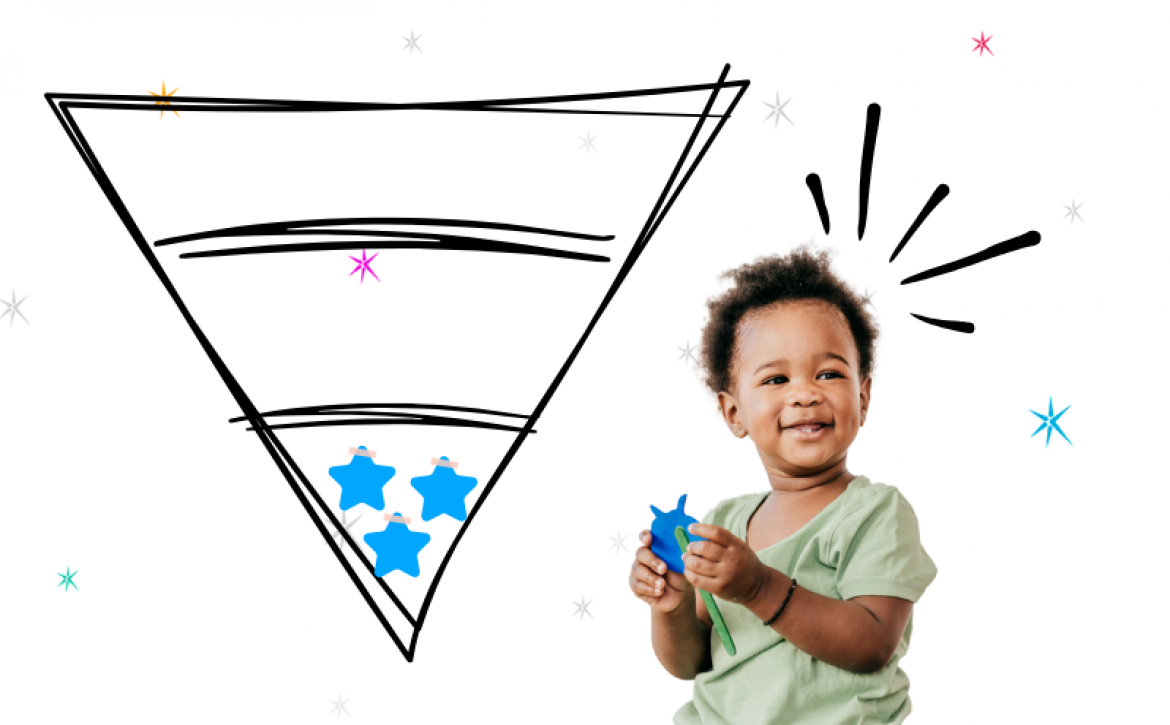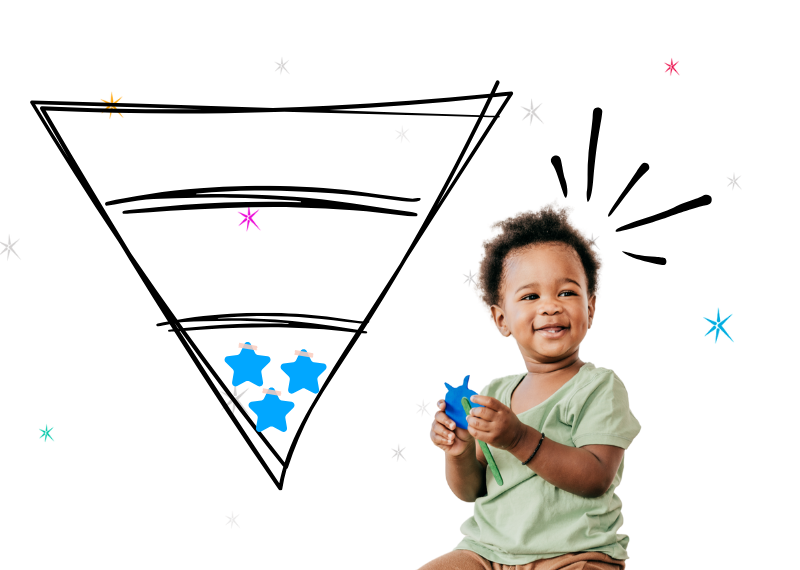5 Steps to Grow Gratitude in Young Children
Gratitude — feelings of thankfulness — helps children (and all people) feel less stressed, more optimistic, and happier. Listen to Sparkler’s new song — “I’m Grateful” and learn five ways to help children practice gratitude (also available in Sparkler’s tips for adults in the mobile app). Parents/caregivers using the Sparkler app can find these tips under Tips for Adults in a unit called Growing Gratitude. Providers using Sparkler can find and share it from Sparker’s library on the web-based dashboard.
1. Say "Thank You" instead of "Good Job"
When your child does something that makes your life easier, like picking up toys, climbing into the car seat without protest, or not splashing water out of the bathtub, thank him or her! Being specific about what your child has done will help your child know what to do next time. Expressing your gratitude will also help them understand how their behavior affects other people.
2. Make Giving a Habit
Sharing can be hard for young children, so try not to force your child to share. Rather, when your child is moved to offer you a bite of his or her lunch or offers a toy to a friend, talk about how your child’s generosity is having a positive impact on others. You can say things like, “Look at how happy your friend is when you share your snack! You really made them smile!” This will make conversations about larger gestures of generosity easier. As your child outgrows toys and clothes, talk about passing some unused items to another child. Your child will have room on the shelf for new toys, and he or she will make others happy, too! Practicing generosity helps children to understand what gratitude means. Bonus points if YOU donate, too — you’ll be modeling generous behavior!
3. Thank YOU!
When you express gratitude to your child and to others, your child will be more inclined to follow in your footsteps. Express your appreciation to the people who help you — your partner, a postal worker, the cashier at a store, or a restaurant server. When you say “thank you,” you help your child to understand the meaning of the words. Soon, your child will learn to say “thank you,” and understand what the words mean.
4. Less Is More
Shelves and bins crowded with toys can be overwhelming, and can get in the way of a child’s ability to appreciate any individual toy. You wouldn’t toss your most prized possessions in the junk drawer, would you? If you’re not ready to let go of the extras, try putting some toys away and out of sight. When your child can easily see and access (and clean up!) individual toys, he or she will be better able to appreciate each toy.
5. Say "No" or "Not Today" Sometimes
It’s natural to want to give your child things to make him/her happy! It is easier for your child to learn what it feels like to be grateful when he or she also occasionally experiences disappointment. Help your child make the connection between what happened and the feelings he or she has. You might say, “I think you’re disappointed that I said ‘no’ to ice cream today. You’ve already had a treat today, so let’s save the ice cream for tomorrow.” Then, when it is time for a treat, your child can reflect on the disappointment, and rejoice in the gratitude of the moment!



